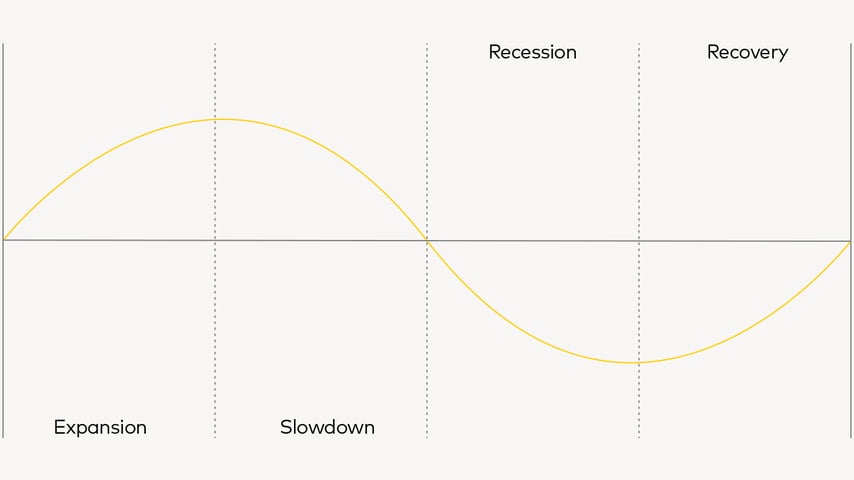Risk analysis is key in ensuring that portfolio managers and investors have the skills required for making a given investment. For some time, Nykredit Asset Management has studied and applied risk management and risk modelling as a separate discipline.
In general, asset management used to be about offering investors the highest possible returns relative to a given risk profile. In recent years, however, the financial sector has learned that measuring risk is one thing, but understanding risk ratios and not least reacting in time is a totally different ball game.
Risk management and modelling – a separate discipline
Risk analysis is key in ensuring that portfolio managers and investors have the skills required for making a given investment.
Focus on both sides of the coin
Obviously, we focus on return potential, but we also consider the risk factors affecting returns. The message is the same, but we look at both sides of the coin, so to speak, as return potential must never go without a risk assessment.
